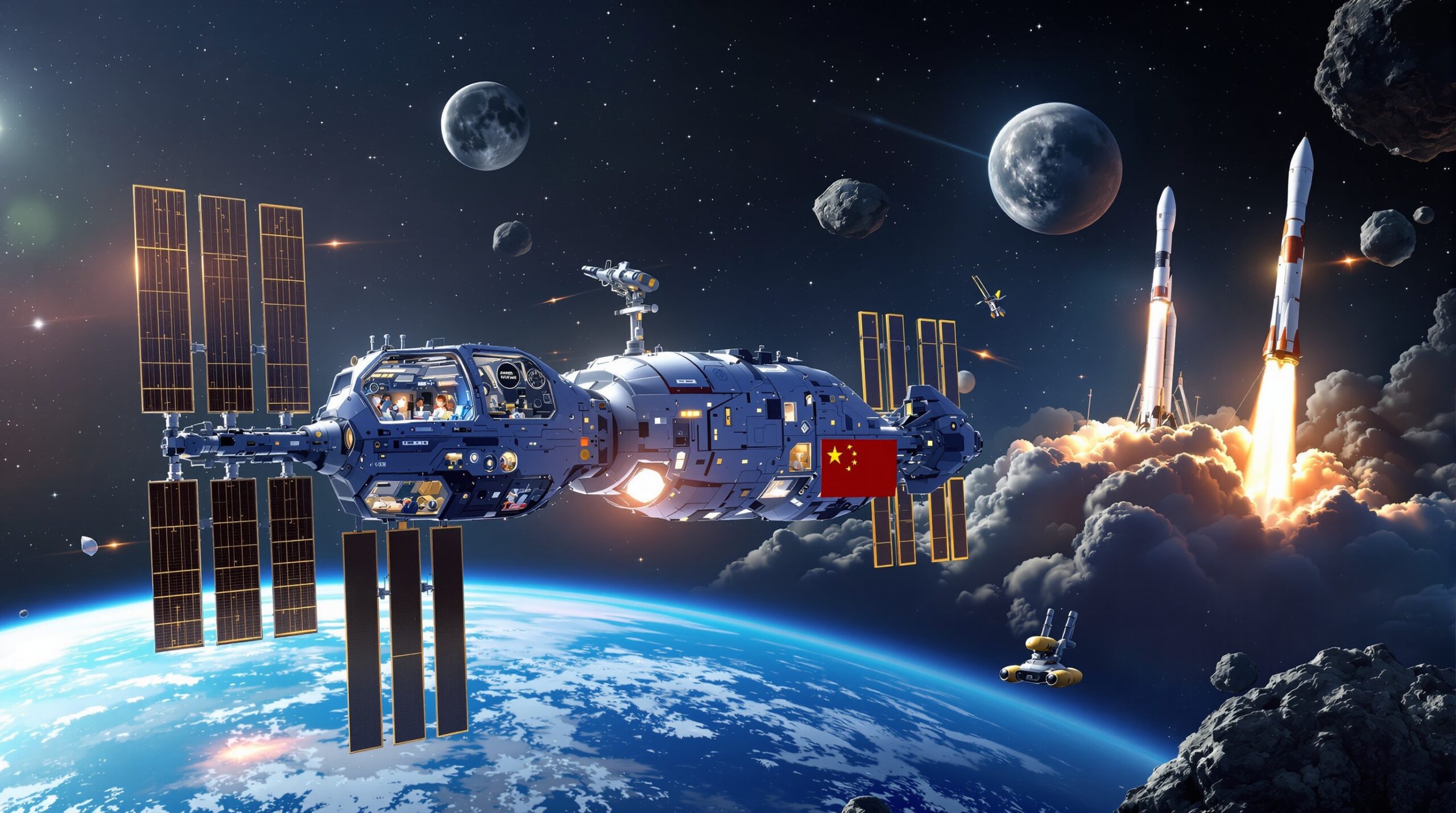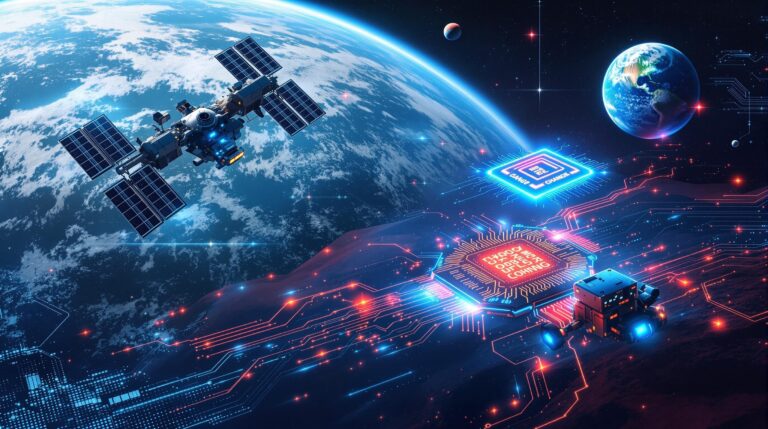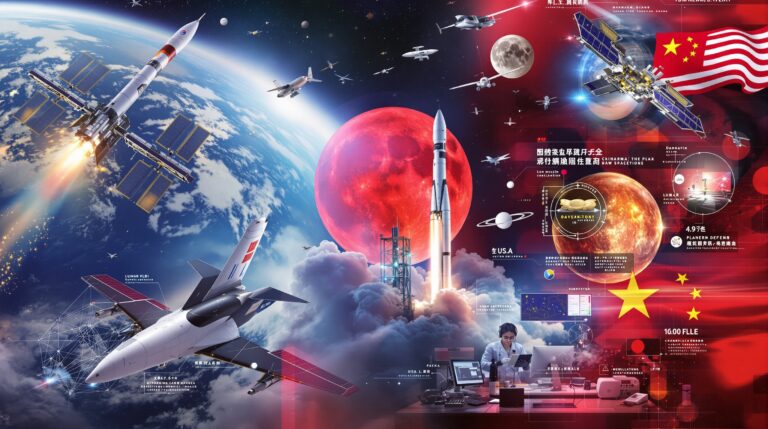Weekly China Science & Space News: August 23-29, 2025
Weekly China Science & Space News
Introduction
Chinese researchers and engineers continue to push the boundaries of innovation in science and space exploration. This week’s roundup, covering August 23-29, 2025, highlights significant advancements that captivate science lovers worldwide. From groundbreaking experiments aboard the Tiangong space station to ambitious lunar ambitions and satellite deployments, China demonstrates its commitment to leading in these fields. These developments not only advance national capabilities but also contribute to humanity’s understanding of the universe. Let’s dive into the key stories.
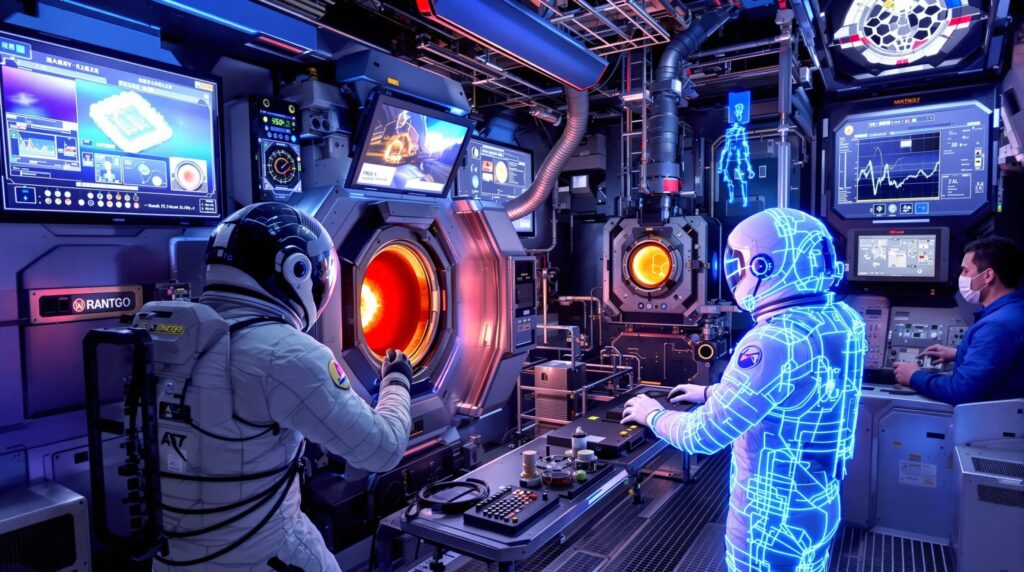
Tiangong Space Station Sets New Records in Material Science
Chinese astronauts and scientists aboard the Tiangong space station achieve a monumental feat by heating tungsten alloy to over 3,100 degrees Celsius, marking the highest temperature ever reached in space-based material science experiments. This breakthrough, announced this week, surpasses previous records and opens new possibilities for high-temperature materials used in aerospace engineering. The experiment tests the limits of materials under microgravity conditions, where heat behaves differently than on Earth.
Experts explain that tungsten alloys withstand extreme conditions, making them ideal for rocket nozzles and fusion reactors. By conducting this in orbit, researchers gather data that could revolutionize spacecraft design. Science enthusiasts appreciate how this aligns with China’s long-term goals for sustainable space habitats. The Tiangong team conducts these tests using advanced furnaces installed on the station, ensuring precise control over variables like pressure and radiation exposure.
In related news, the station’s crew completes a series of life science experiments, including studies on liver cells, skeletal muscle precursor cells, and brain organoid chips. These involve automatic cultivation, in-orbit drug administration, and microscopic imaging. Samples now store in low-temperature freezers and will return to Earth later this year aboard a crewed spacecraft for detailed analysis. Such research explores how space environments affect human biology, crucial for long-duration missions like those to Mars.
Additionally, an AI assistant supports the astronauts, enhancing efficiency in daily operations and experiments. This intelligent system handles data analysis and troubleshooting, allowing the crew to focus on complex tasks. For science lovers, this integration of AI in space operations signals a future where technology augments human exploration seamlessly.
External Link: Learn more about the Tiangong space station’s orbital parameters and ongoing missions at the China Manned Space Agency website.
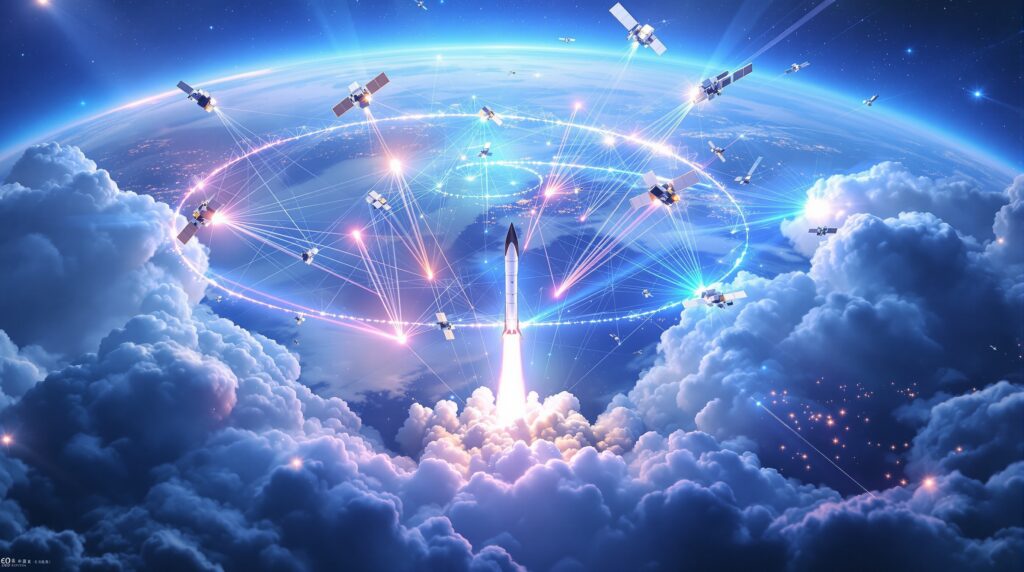
Satellite Launches Expand China’s Orbital Network
China launches a new group of low Earth orbit (LEO) satellites this week, bolstering its national satellite internet network. The deployment, carried out from the Taiyuan Satellite Launch Center on August 26, marks the sixth batch in recent months and enhances global connectivity. These satellites provide high-speed internet to remote areas, supporting applications in education, healthcare, and disaster response.
In a parallel breakthrough, scientists from Pengcheng Laboratory and Harbin Institute of Technology achieve advancements in digital beam-forming for LEO satellites. Field tests show significant improvements in signal-to-noise ratios, paving the way for extending China’s computing power into space and advancing 6G technology. This innovation integrates space-terrestrial networks, enabling faster data transfer and more reliable communications.
Commercial firm CAS Space also contributes by lofting seven small satellites on August 19 using the Kinetica-1 rocket, though this falls just outside our weekly window, it underscores the rapid pace of launches. Science lovers find excitement in how these constellations rival global networks like Starlink, fostering competition that drives technological progress.
External Link: For detailed launch updates, visit the China Aerospace Science and Technology Corporation site.
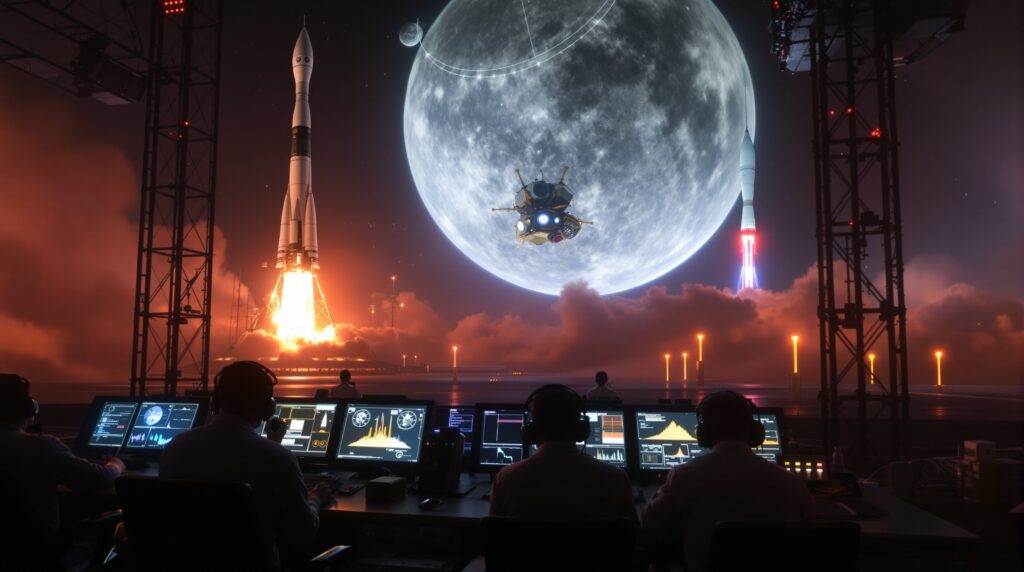
Lunar Ambitions Accelerate with Key Tests
China makes serious strides toward landing astronauts on the Moon by 2030, as evidenced by a successful ground test of the Long March-10 rocket on August 15. This heavy-lift vehicle plays a pivotal role in the mission, capable of carrying the necessary payloads for lunar descent and ascent. The test demonstrates progress in propulsion systems, bringing China closer to its goal of establishing a lunar research base by 2035.
Earlier in the month, on August 7, engineers test a lunar lander spacecraft designed to transport the first Chinese taikonauts to the lunar surface. This milestone boosts confidence in the program’s timeline. Scorch marks at Deep Blue’s test site indicate rigorous reusable rocket trials, hinting at cost-effective future launches.
For science enthusiasts, these developments evoke the thrill of the Apollo era but with modern twists like international collaboration potential. China invites global partners to join the International Lunar Research Station, contrasting with U.S.-led efforts.
External Link: Explore China’s lunar plans in depth at Space.com’s coverage.
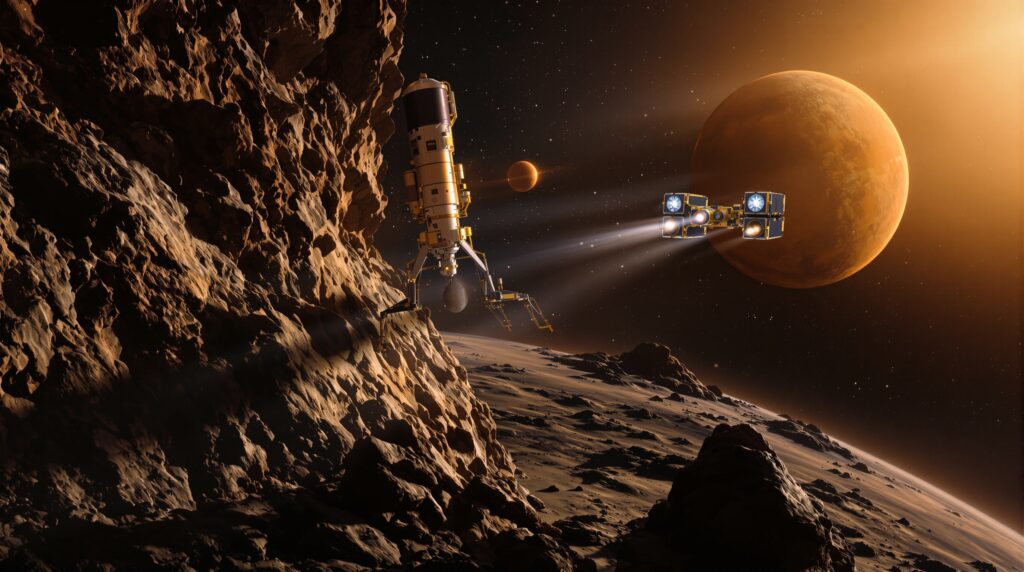
Beyond the Moon: Asteroid and Mars Missions
China sets its sights on an unusual near-Earth asteroid for sampling, targeting a quasi-satellite orbit that may contain Moon fragments. This mission, planned for launch soon, aims to collect samples that could reveal insights into solar system formation. The asteroid’s unique path makes it a prime scientific target, and successful retrieval would mark another first for China.
On Mars, China pursues sample return missions, questioning potential international cooperation. While tensions exist, shared scientific goals might bridge gaps. These endeavors excite science lovers by promising new data on planetary geology and habitability.
Additionally, the Chang’e-6 mission’s samples from the Moon’s far side reveal prolonged volcanic activity, lasting 1.4 billion years. This finding reshapes our understanding of lunar history.
External Link: Read about the asteroid mission at Science.org.
Broader Scientific Breakthroughs: Electromagnetic and Deep-Sea Tech
Chinese engineers achieve breakthroughs in electromagnetic launch technology across multiple sectors, including space and transportation. Applied on the aircraft carrier Fujian, this tech also aids space launches by propelling payloads efficiently. A national forum this week highlights its potential for reducing costs and increasing launch frequencies.
In deep-sea science, the Mengxiang drilling vessel commissions, the Fendouzhe submersible operates, and a seabed observation network nears completion. These advancements enable deeper ocean exploration, yielding data on marine ecosystems and resources.
Science lovers value how these terrestrial innovations complement space efforts, creating synergies in extreme environment research.
External Link: Dive into electromagnetic tech details at Global Times.
The U.S.-China Space Race Intensifies
Analysts note the tightening U.S.-China space race, with China expanding its capabilities rapidly. U.S. officials, including Senator Ted Cruz, urge Congress and NASA to counter China’s lunar and orbital ambitions. China’s meteoric rise includes plans for a 2029-2030 human Moon mission, challenging NASA’s Artemis program.
This competition drives innovation, benefiting global science. China also grows its space diplomacy, positioning itself as a coordinator in international efforts.
External Link: Follow the race at CNBC’s Investing in Space.
Other Notable Developments
- Spacesuit milestones: 20 spacewalks completed on the Chinese station.
- Guangdong province fast-tracks satellite projects with funding.
- Oxygen and rocket fuel production experiments succeed on Tiangong, a leap for space exploration.
Conclusion
This week’s China science and space news underscores a nation at the forefront of discovery. From orbital records to lunar tests, these achievements inspire science lovers and promise a future of expanded human knowledge. Stay tuned for next week’s updates as China continues to soar. For more insights- CGTN’s Space China page.

